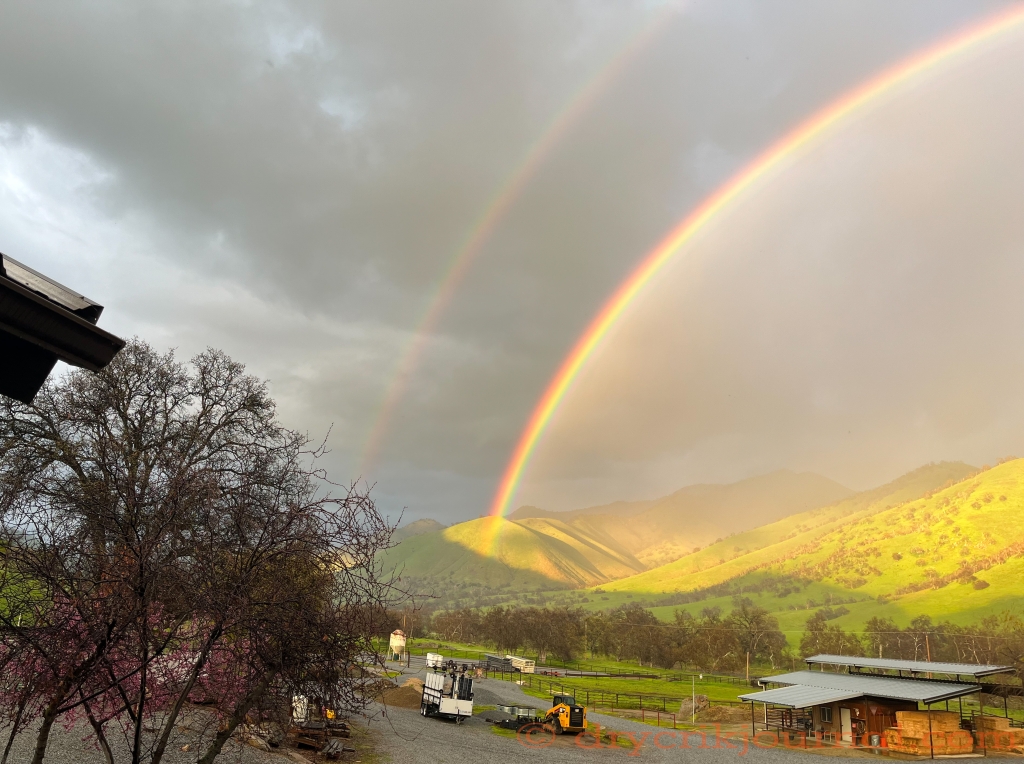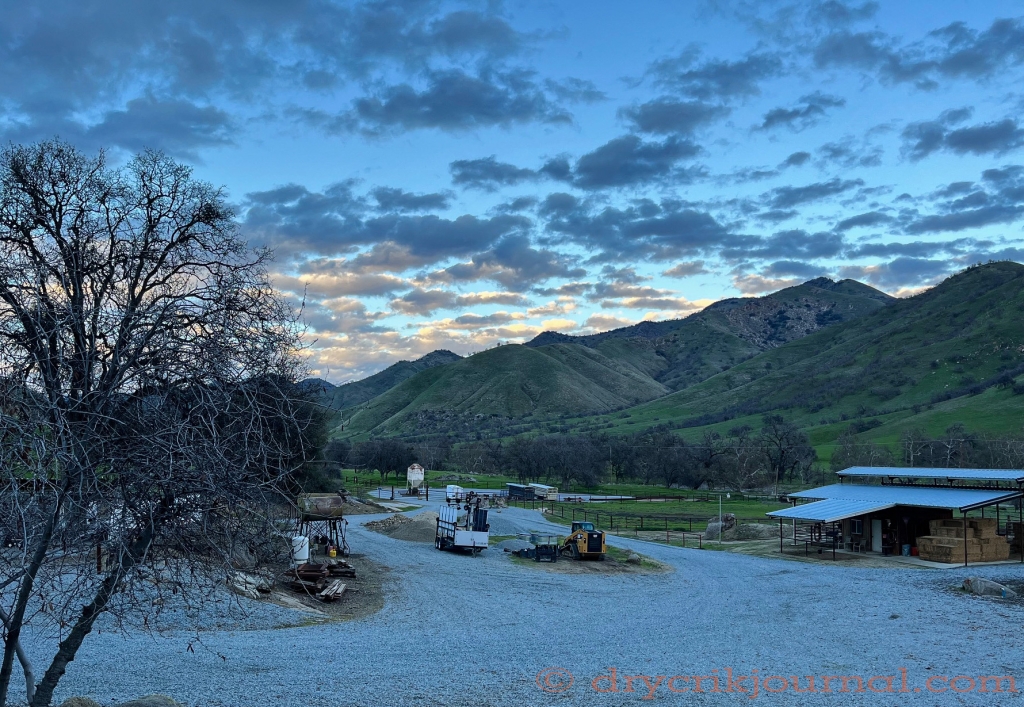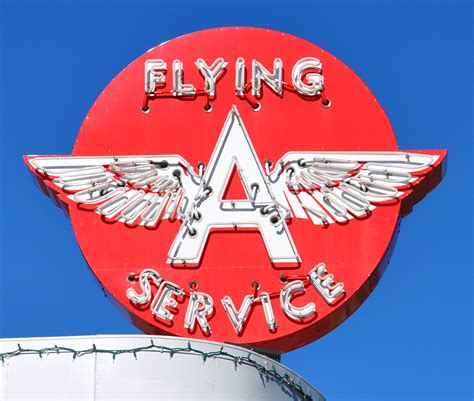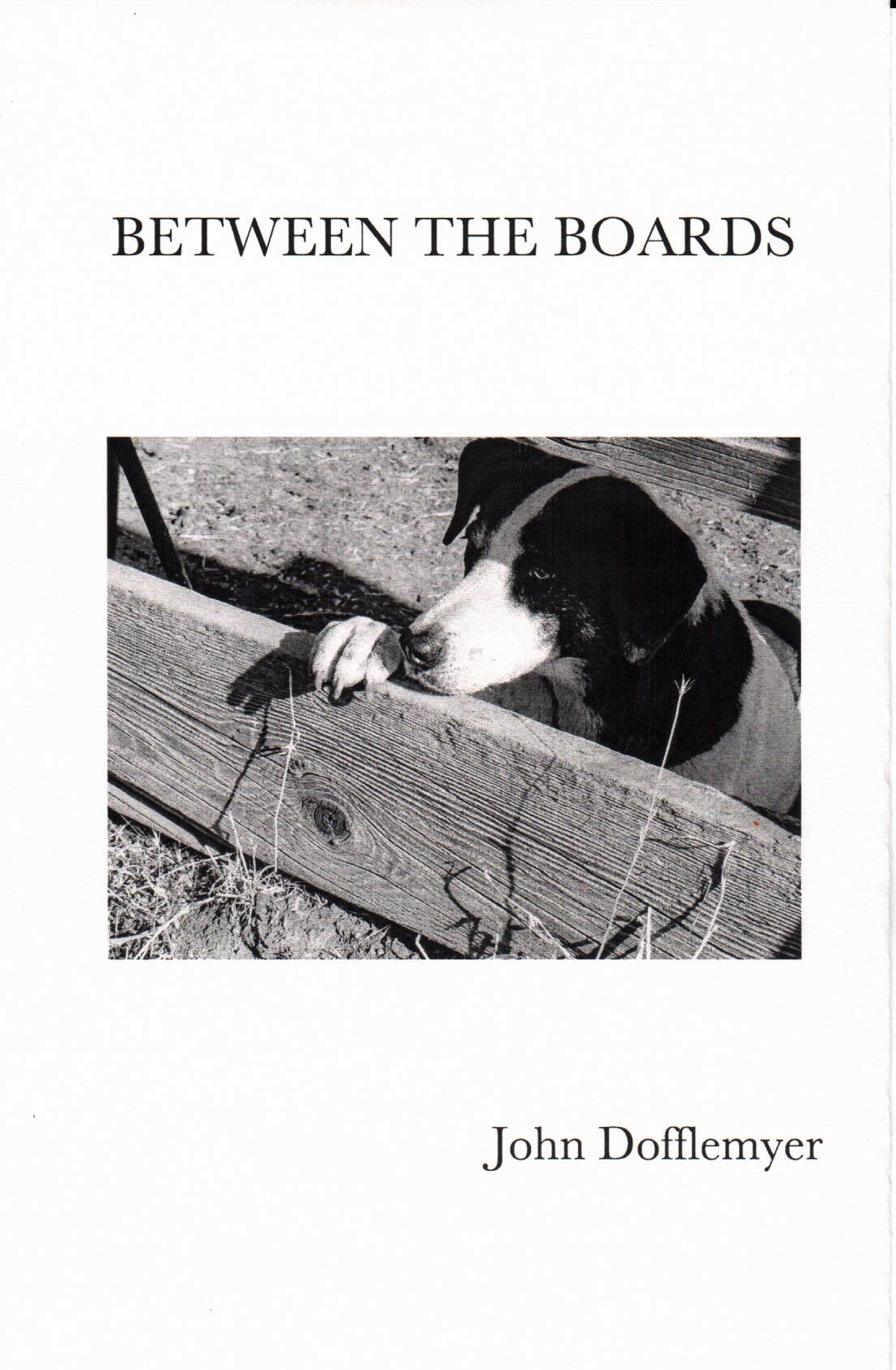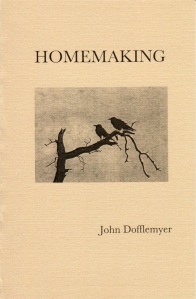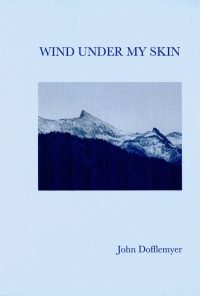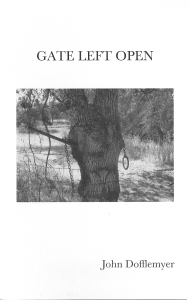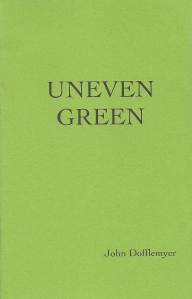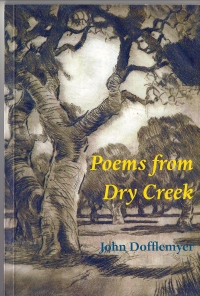
An exceptional feed year, the grass is thick and a couple of weeks from ripening and turning brown as we prepare to wean our calves for market. It’s been our custom to cut firebreaks with the skid steer between our feed and Dry Creek Road. Last year we had eight arson sets that we were able to minimize with our 500 gallon water wagon. Fortunately, CalFire was able to identify and arrest the arsonists who are now in jail.
Despite our efforts and equipment, the ranch gets no discount for fire insurance premiums. Since PG&E was found culpable for the Northern California fires several years ago, we have found ourselves within the recently mapped High Risk Fire Area in California, and most all our neighbors have been dropped by insurance carriers. It seems apparent that PG&E’s losses and premiums have been spread out over the state. We are now investigating self-insurance for our home.
As a matter of business, insurance companies insure one another for catastrophic losses, and taken to the extreme, may in fact be one insurance company. Last year our insurance costs were 10% of our expenses, but unlike our other tangible expenses like hay and labor, we get only a little peace of mind in return at twice the price, if available.





